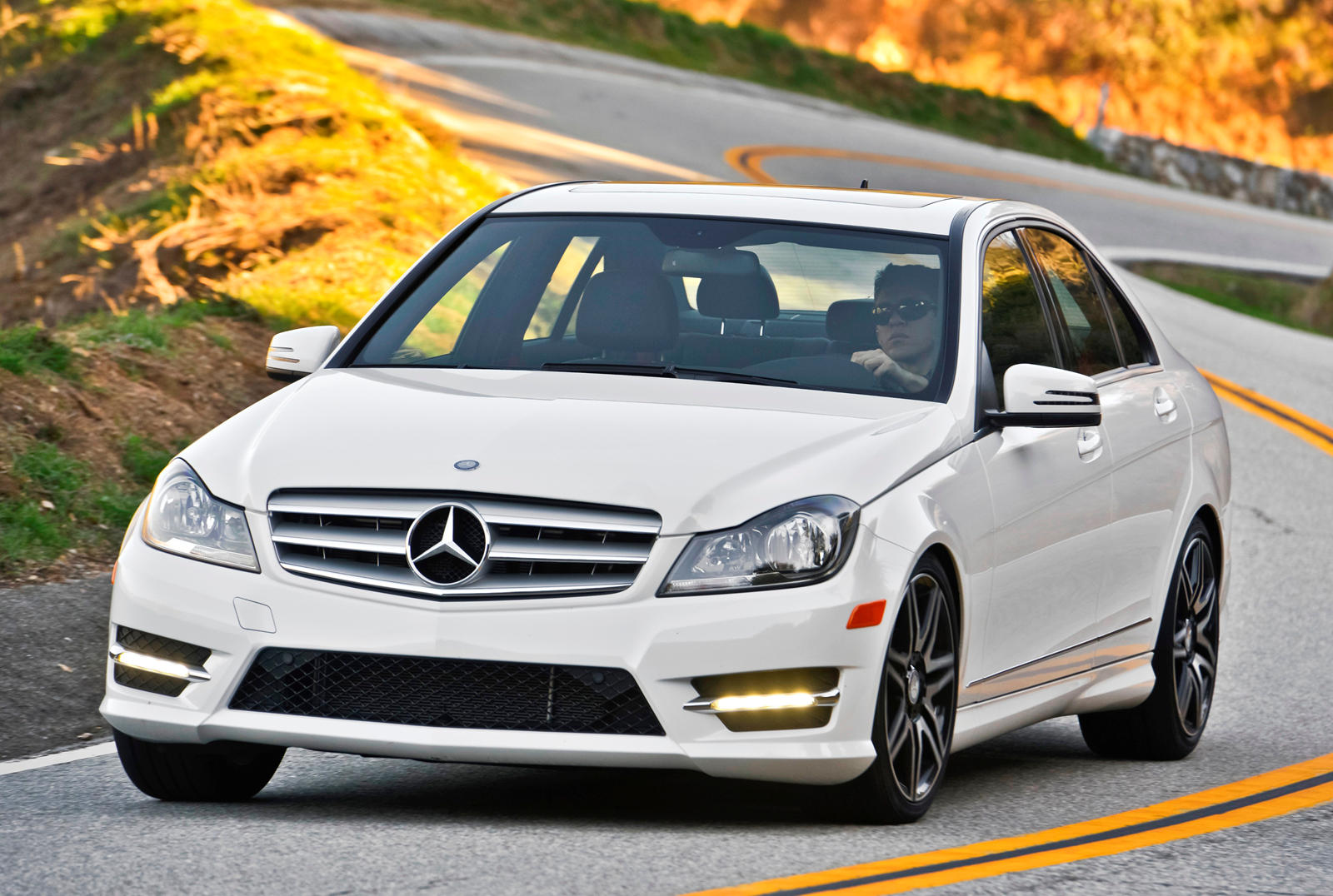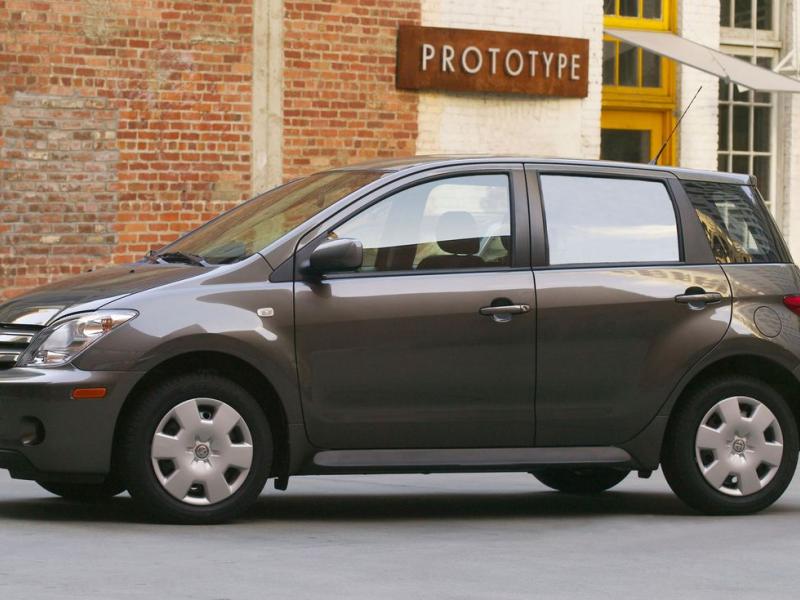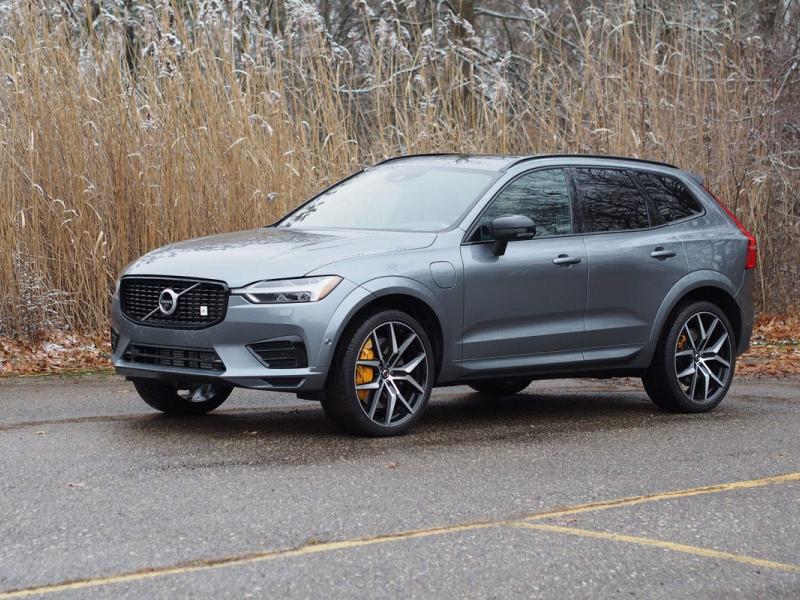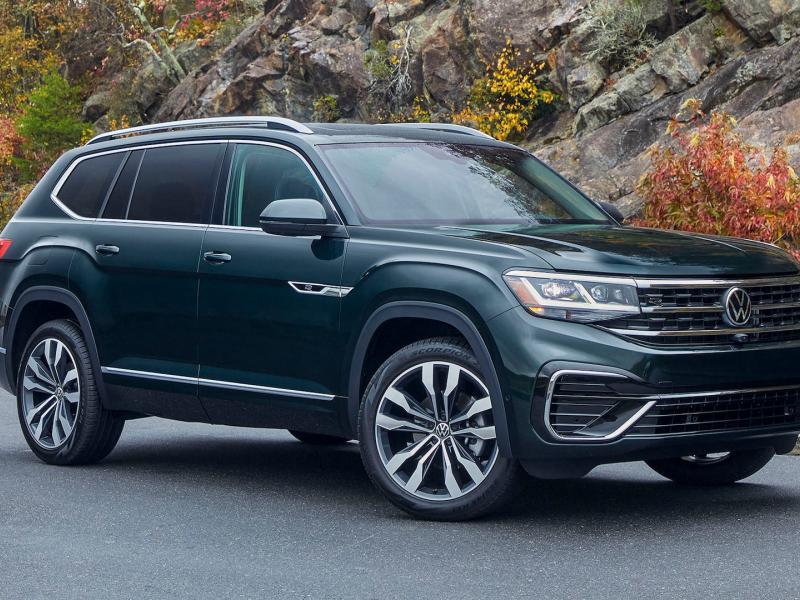Child Safety in Car – Securely Buckling Up
As a child grows older, special types of restraints will be required for him or her for keeping them safe and secure in the car depending on their age, weight and height.
At present, all the fifty states and District of Columbia needs safety seats for infants and children who fit in to precise criteria. Although 47 states including the District of Columbia only require booster seats for children who have grown exceeding the car seat but are very small to safely use an adult seat belt.
Four types of restraints are available including adult safety belts for keeping a child safe and secure. Decision about making a switch from each stage can be confusing as the criteria for change is often unclear.
Following are the four stages of child passenger safety along with tips that will help in deciding the right time to purchase a new booster seat or car seat.
1. Rear-Facing Seats
These are the ones that face the seat and the back window instead of the front window. The height and weight limit authorized by the car seat manufacturer should be checked, it is often visible on a label fixed to the seat but usually the infant should be seated in the rear-facing seat until he or she reaches the age of one year and gains a weight of 20 pounds. When a child reaches the highest length or weight allowed, they are supposed to continue riding the rear-facing in a convertible seat.
2. Forward-Facing Seats
When a child exceeds from the rear-facing seat, it is better to purchase a forward-facing seat which has full harness. Again, the manufacturer guidelines on weight and height should be checked but the child would be usually not younger than four and weighing at least 40 pounds.
3. Booster Seats
These seats are for older children who have exceeded out of their forward-facing car seat. A child is supposed to stay in the booster seat until an adult seat belt fits correctly; it is usually when a child reaches a height of nearly 4’9’’ and has an age of 8 and 12 years.
4. Seat Belts
When a child reaches a height of 4’9” or weighs 80 pounds, they will be big enough for using an adult seat belt. It has to be made sure that the shoulder belt fits across the chest and the lap belt lays across the upper legs. It is essential that the child must not place their shoulder belt behind their backs and the belt should be in a comfortable position.
This is general guideline information. Every state has its own laws regarding specific child restraint. There are 47 states at the moment that require booster seats but height, age and weight requirements differ. State law has to be checked for getting information because the fines for not complying can start from $10 and can go up to $200.




